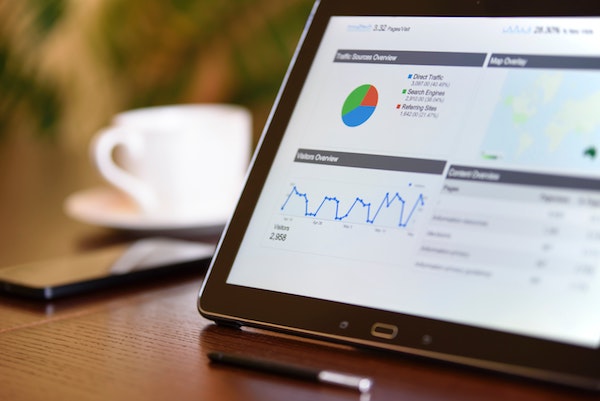Social media should definitely be one of the focal components of your digital marketing plan. While it remains one of the easiest ways to reach potential and existing customers, it also has the potential to drive traffic from your social sites to your e-commerce web page. On the other hand, when you optimize your social platforms, you enable a strategic force that has the ability to drive your business to its full selling potential.
What is social media optimization:
When you use a number of social media networks to increase the awareness of your brand, product or service, you are optimizing your social media presence and therefore maximizing the reach you have to your target market. Instagram, Facebook and Twitter are usually the social media platforms that most businesses start off with to promote the growth of their company, but be sure to only focus on networks that will add value to your brand.
Why is this so important? Well, by optimizing your social media, you have the power to increase your reach to potential customers and drive more traffic to your site.
Steps to optimizing your social media profiles:
With the opportunity to create and enhance your outreach using social media you will be able to grow your company’s online reputation, assert your voice within your niche and maintain a presence with your audience.
- Optimize your strategy: Once you lay out a social media strategy for each social profile, you are then able to define any goals or objectives that match between them. A social media strategy should focus on growing your presence and establishing a voice for your brand with your given social networks.
- Regularly check your keywords: Identifying phrases and topics that your audience may search for is the key to creating relevant content and optimizing your social accounts. Referencing applicable topics, hashtags and words will heighten your chance your reaching out to your target audience.
- Optimize your social profiles: The social profile is the foundation behind any e-commerce-based company. Make sure to have a profile photo embellishing your company logo, a username that clearly states your company name and a bio section artfully filled out explaining what your company does using relevant industry keywords.
- Optimize your content: Content is the driving force behind any social media marketing strategy. In order to successfully showcase your business, you will need a mix of created (made by you) content and curated (made by others) content. Quality always beats quantity, however, regularity (create a posting schedule) is ideal when you are trying to get yourself recognized.
Are there any other tips on how to optimize your social media that we haven’t mentioned? Tell us in the comments section below.
Alex Wilks has been working as a copywriter and digital marketing strategist since 2018, with added specialties in social media and email marketing. With a Bachelor’s Degree in Journalism and Communication, she is a natural content writer with the ability to connect well with her target audience.





